By selecting your itinerary in advance, our platform uniquely allows you to view boats that can deliver selected tinerary with full cost transparency, including fuel etc..
The Golden Horn, blending Istanbul's ancient and modern aspects, occupies a unique spot. Its storm-resistant location provides a suitable environment for maritime transportation, contributing to the city's rich history and cultural fabric.
Known as the Golden Horn, this area takes its horn-like shape from the confluence of the Kağıthane and Alibey creeks, referred to as "Europe's fresh waters" on maps. Sunsets here transform the landscape with golden hues, creating a truly natural wonder. The name "Golden Horn" derives from the shortened form of "Haliç-i Dersaadet," meaning "the Gulf of Istanbul" in Ottoman Turkish.
By the beginning of the 17th century, Ottoman elites began building magnificent homes along the shores of the Golden Horn. Its beauty reached its peak during the Tulip Era.
This unique waterway is adorned with three bridges, the most famous of which is the Galata Bridge.
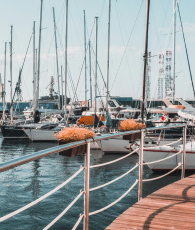


Go out on the town
Transfer boats to take you to the attractions!

























































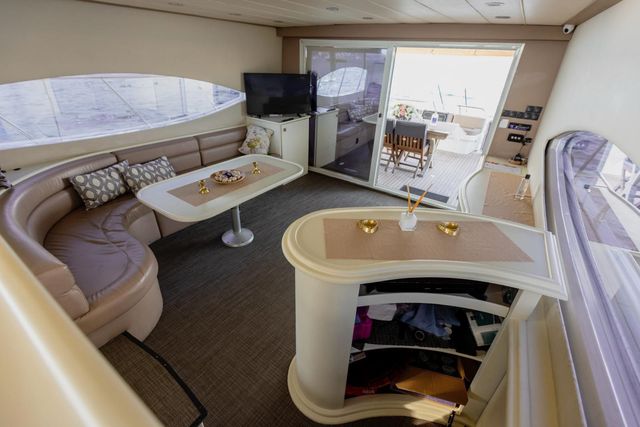
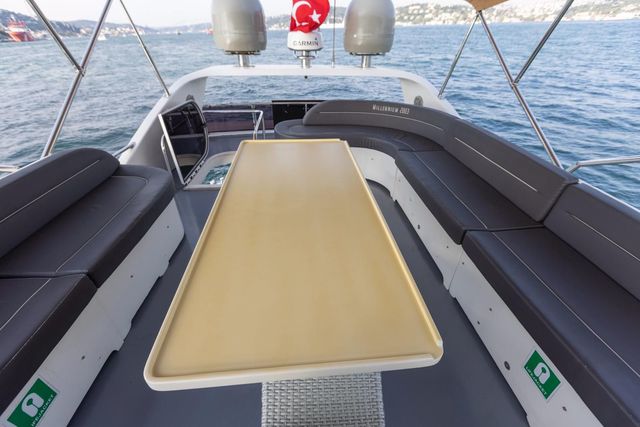








































































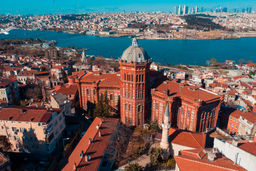

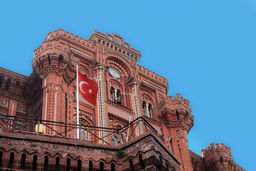
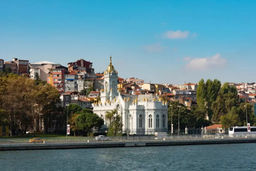
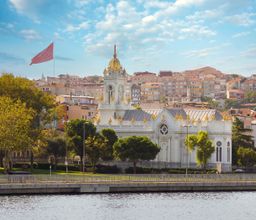
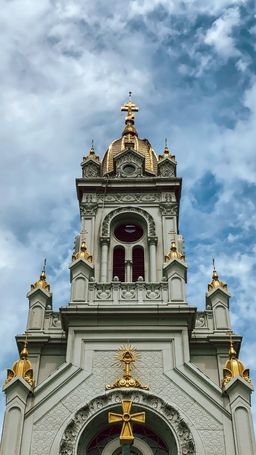
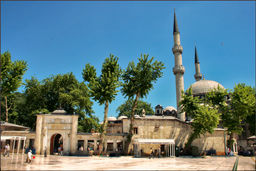
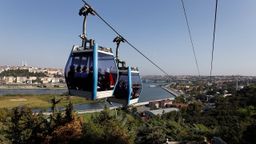
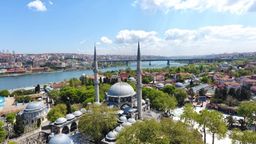
-1706528520243.jpeg?tr=w-640)
-1706528519713.jpeg?tr=w-640)
-1706528520829.jpeg?tr=w-640)
-1706528521036.jpeg?tr=w-640)
-1706528521779.jpeg?tr=w-640)
-1706526883976.jpeg?tr=w-640)
-1706526880367.jpeg?tr=w-640)
-1706526882138.jpeg?tr=w-640)
-1706526882297.jpeg?tr=w-640)
-1706526882310.jpeg?tr=w-640)



-1715092043075.jpeg?tr=w-640)
-1706527825977.jpeg?tr=w-640)
-1706527826026.jpeg?tr=w-640)
-1706527826214.jpeg?tr=w-640)
-1706527826292.jpeg?tr=w-640)
-1724784962744.jpeg?tr=w-640)
-1724784955332.jpeg?tr=w-640)
-1724784956262.jpeg?tr=w-640)
-1724784963765.jpeg?tr=w-640)
-1724784974028.jpeg?tr=w-640)

-1723548141315.jpg?tr=w-640)
-1723548141594.jpg?tr=w-640)
-1723548141696.jpg?tr=w-640)
-1723548141742.jpg?tr=w-640)

-1716388254486.jpeg?tr=w-640)


-1716388251295.jpeg?tr=w-640)
-1716388251355.jpeg?tr=w-640)









-1724402624523.jpeg?tr=w-640)


-1722950181426.jpeg?tr=w-640)
-1722950181675.jpeg?tr=w-640)
-1722950181812.jpeg?tr=w-640)
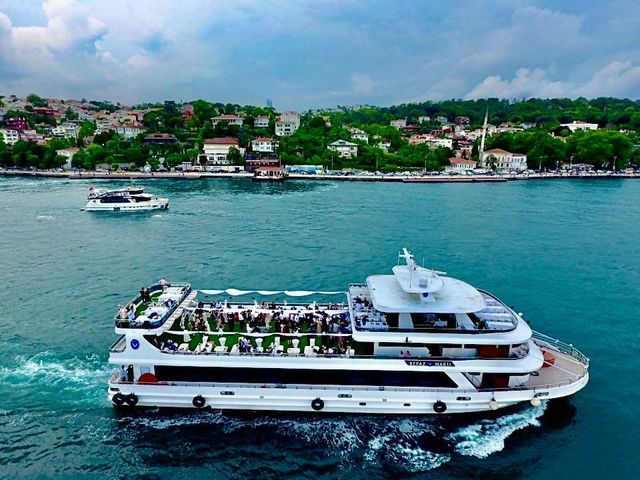
-1715083722119.jpeg?tr=w-640)
-1715083722435.jpeg?tr=w-640)
-1715083722465.jpeg?tr=w-640)
-1715083722561.jpeg?tr=w-640)










-1718190702044.jpeg?tr=w-640)


-1718190310409.jpeg?tr=w-640)

-1718187965142.jpeg?tr=w-640)
-1717408508944.jpeg?tr=w-640)


